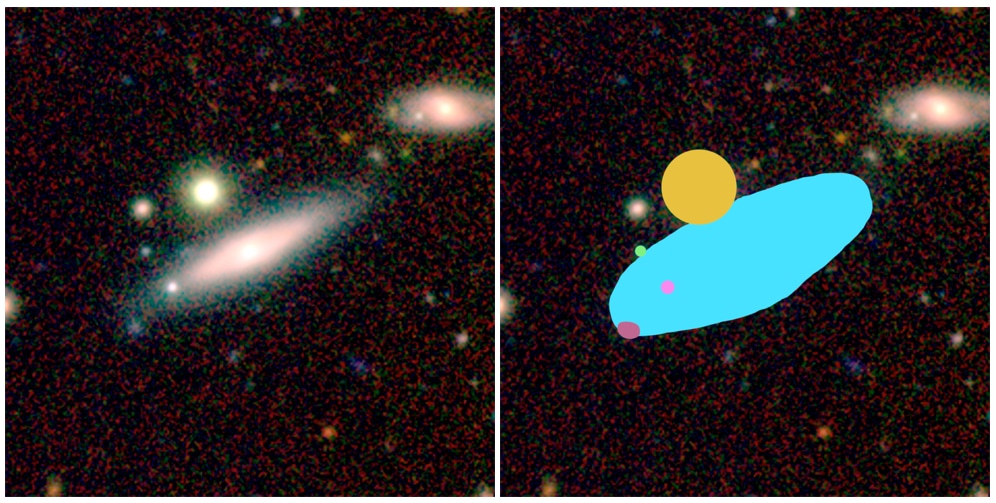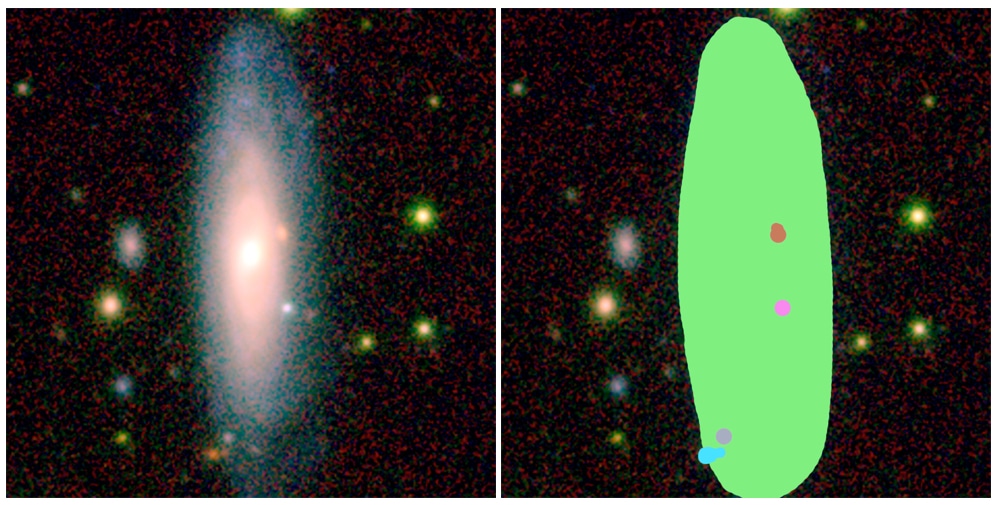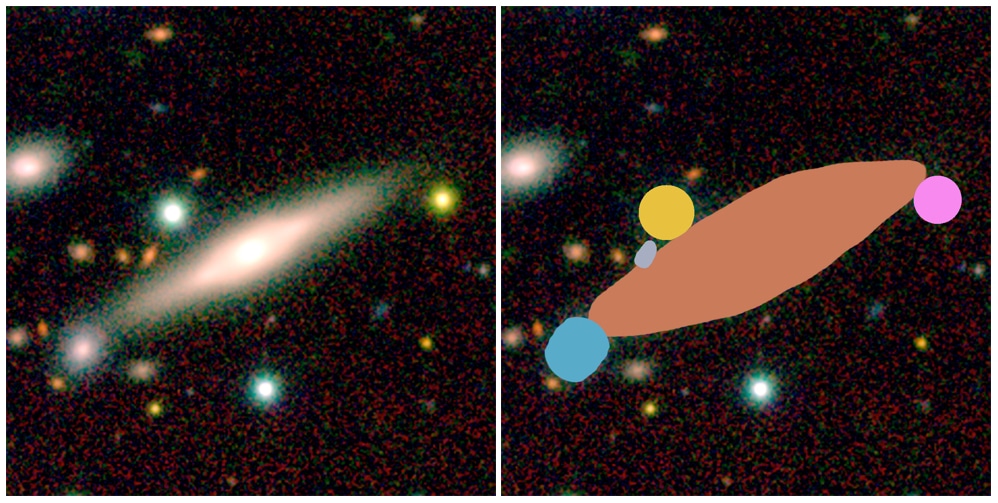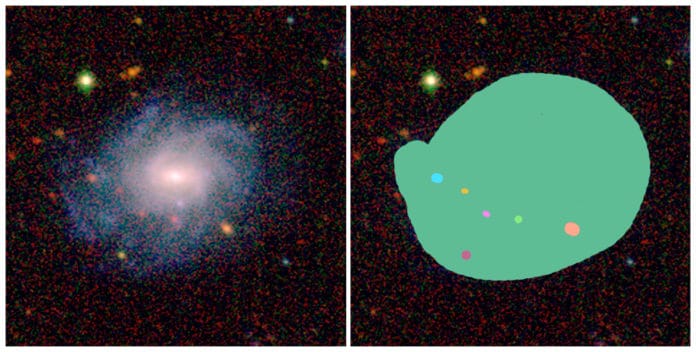In a new citizen science project launched today—known as AstroQuest, scientists are appealing for public help to study images of galaxies and unravel the secrets of the universe.
Astrophysicist Dr. Luke Davies, from the University of Western Australia node of the International Centre for Radio Astronomy Research (ICRAR), explained, “When you go outside and look up at the night sky, there’s a lot of black with all of the stars dotted around. But when you look with a really powerful telescope for a long time, you actually see that there are galaxies and stars everywhere, all over the sky.”
“It’s really, really crowded, and all of these galaxies and stars overlap with each other. We use sophisticated computer algorithms to make sense of where the light is coming from in these crowded regions.”

“But the computer often gets it wrong. It’s simply no match for the human eye and brain.”
Dr Davies said professional astronomers have previously looked through all the galaxies and fixed the computer’s mistakes. But as more and more galaxies are surveyed, there simply aren’t enough people on our team to do it.”
ICRAR citizen science project officer Lisa Evans said, “AstroQuest asks volunteers to take over from professional astronomers and check the computer’s work. Where the computer has gotten it wrong, volunteers are asked to fix it.”

“There’s never been a citizen science project quite like this before. This is the first time we’ve got people actually painting over the galaxies and drawing in where they are.”
According to Dr Davies measuring the amount of light that comes from a galaxy can demonstrate how many stars the galaxy currently has, how many stars it’s forming and how much dust is in it.
He said, “the team is ultimately trying to learn more about how galaxies in the early Universe evolved into the galaxies that we see today.”

“If you map out millions of galaxies and measure all of their properties you can actually see how galaxies change as the Universe gets older. You can then explore how things like where a galaxy lives in the Universe and if it’s crashing into other galaxies affect how it evolves with time.”
“AstroQuest is a chance for anyone who’s interested in astronomy to be involved in one of the biggest scientific projects of the next ten years.”
“You can essentially be at the forefront of scientific research and help out a huge million-dollar international project just by being at your computer and drawing over pictures of galaxies.”
